What do you imagine when you think about Greek food? Perhaps copious portions of gyros and souvlaki served with a dollop of tzatziki, pita, and fries? Yes, these are popular dishes everywhere in the country and abroad, but Greek food is so much more.
Some of the cuisine’s most beloved and memorable dishes are the ones at the table even before the main course: meze, or mezedes, the varied starters that open every Greek menu.
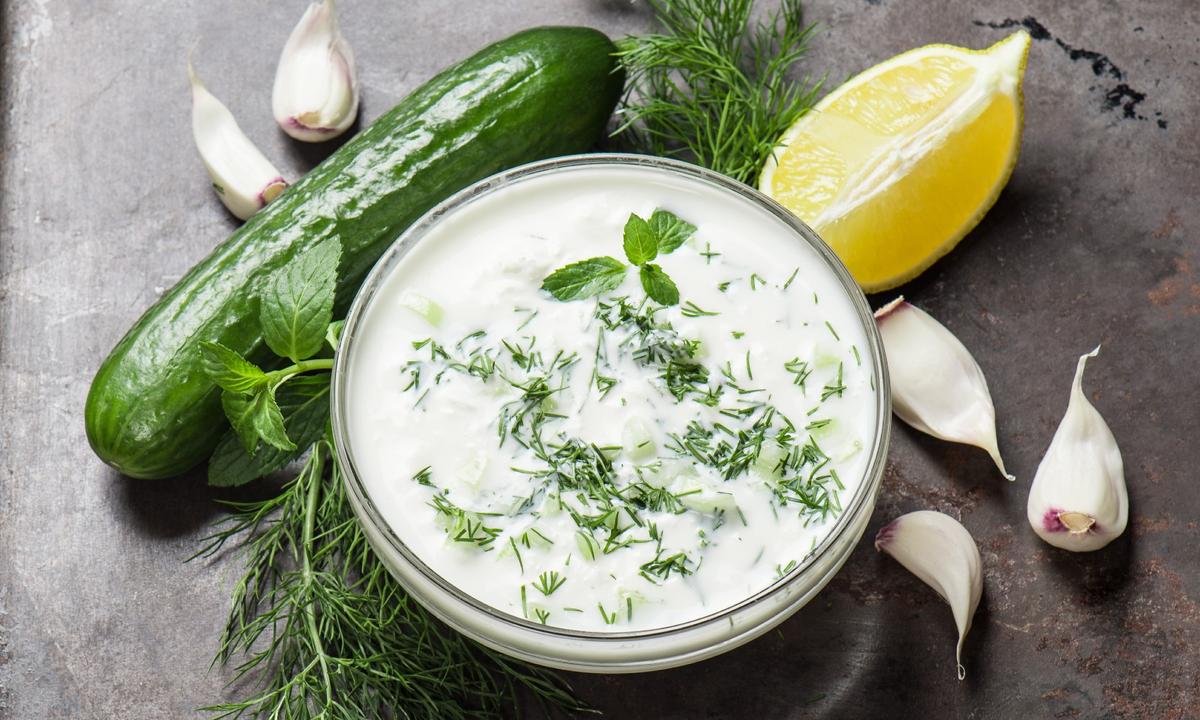
I live on Greece’s largest island, Crete, where the cuisine celebrates flavors, tradition, and the simple joys of life. When I ask my friends who visit me what they miss about the island, the answer is almost invariably “the food.”
Most of the tavernas lining the shores flaunt a wealth of starters as a part of their menus, with so many options—for omnivores, vegetarians, and vegans alike—that you may not even need to order mains. These are the dishes Cretans love to share, piecing together as many plates as possible into one copious meal.
My top favorites are refreshing tzatziki, rich Greek yogurt with shards of cucumber, dill, and garlic; fava, a puree of yellow split peas with earthy notes of basil and rosemary; and dolmades, grape leaves stuffed with herbed rice. When I go out with my Cretan compatriots, these three are the first to appear on the table—every single time. My family shares similar tastes: My mother loves fava, my husband enjoys dipping dolmades in tzatziki, and my son can eat a bowl of tzatziki all by himself.
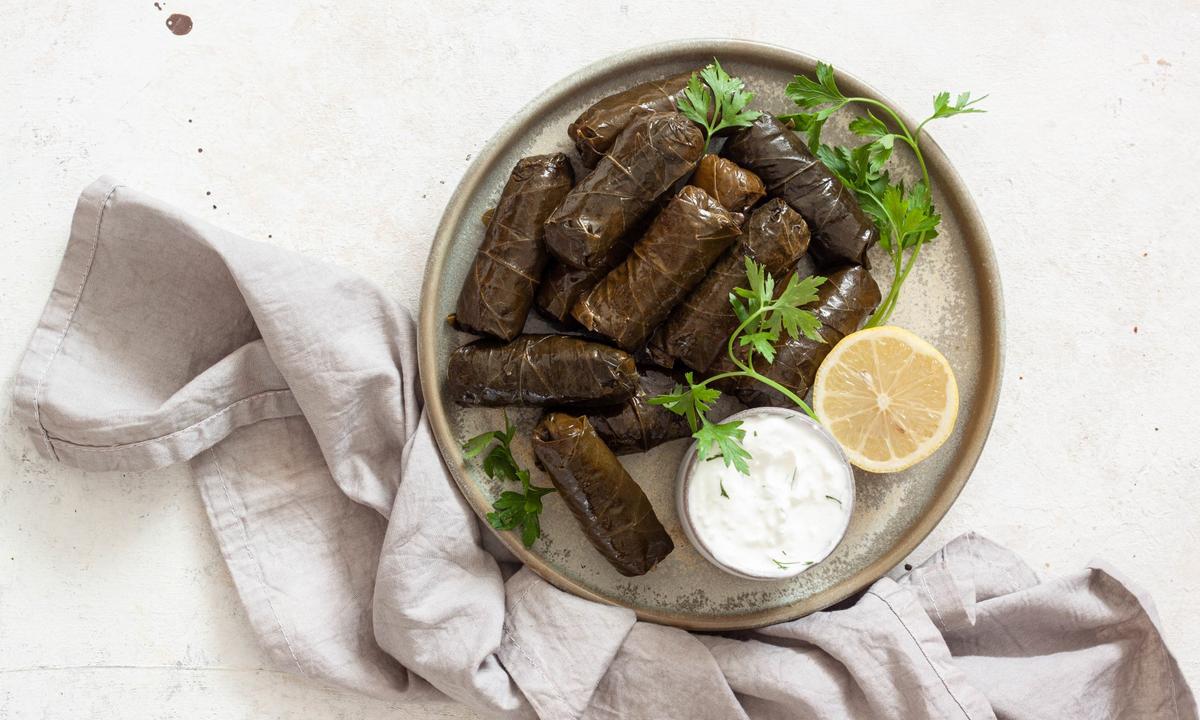
Other openers diners rave about include creamy taramosalata, made with raw fish roe and bread blended with olive oil, lemon juice, and spices until velvety smooth; and smoky melitzanosalata, a delicious eggplant dip spiked with onion and garlic. There are peppers stuffed with cheese; grilled mushrooms of all kinds; grilled octopus; shrimp saganaki; feta cheese spiced with smoked paprika—and the list goes on.
Lessons From a Yia-Yia
These favorites are also present in every Cretan home, cooked by Greek yia-yias (grandmothers) according to old family recipes.Anna Louka is my favorite yia-yia—I call her “my Cretan mother.” She has four grandchildren whom she cooks for every day; she is a phenomenal glass artist (whose show-stopping glass lamps, bowls, plates, ashtrays, and windows have found homes as far as Canada, the United States, and Australia); and yet she still finds time for my family and me.

Because we live in the same building, she often brings me food, including fruit, vegetables, and other produce from the countryside: tomatoes, cucumbers, quinces, horta (wild greens), and olive oil among them. She never asks for anything in return. Call it Anna’s generosity—though I hear it’s pretty common on the island.
We share recipes. We stay together by the fire during the winter, eating baked potatoes and meze (tzatziki and dolmades are omnipresent) and drinking raki, a Greek spirit distilled from pomace (like Italian grappa, but very different in taste).
Anna teaches me something new about Greek and Cretan cuisine every day. She gave me recipes for many Greek mezedes, including my family’s favorites. Tzatziki is unpretentious and straightforward, a staple comfort food in every household. Anna learned her recipe from her father, Constantine, who probably learned it from his mother. Family recipes have deep roots on Crete.
This was the first Greek dish Anna ever taught me how to cook. It was the summer of 2017—a torrid August—and she learned how much my son loved the cool, creamy dip.
“Forget tavernas,” she said. “Homemade is cheaper and better.” She was right. Now, I never go a week without fresh tzatziki in my fridge. Eat it with meat or without; tzatziki never disappoints.
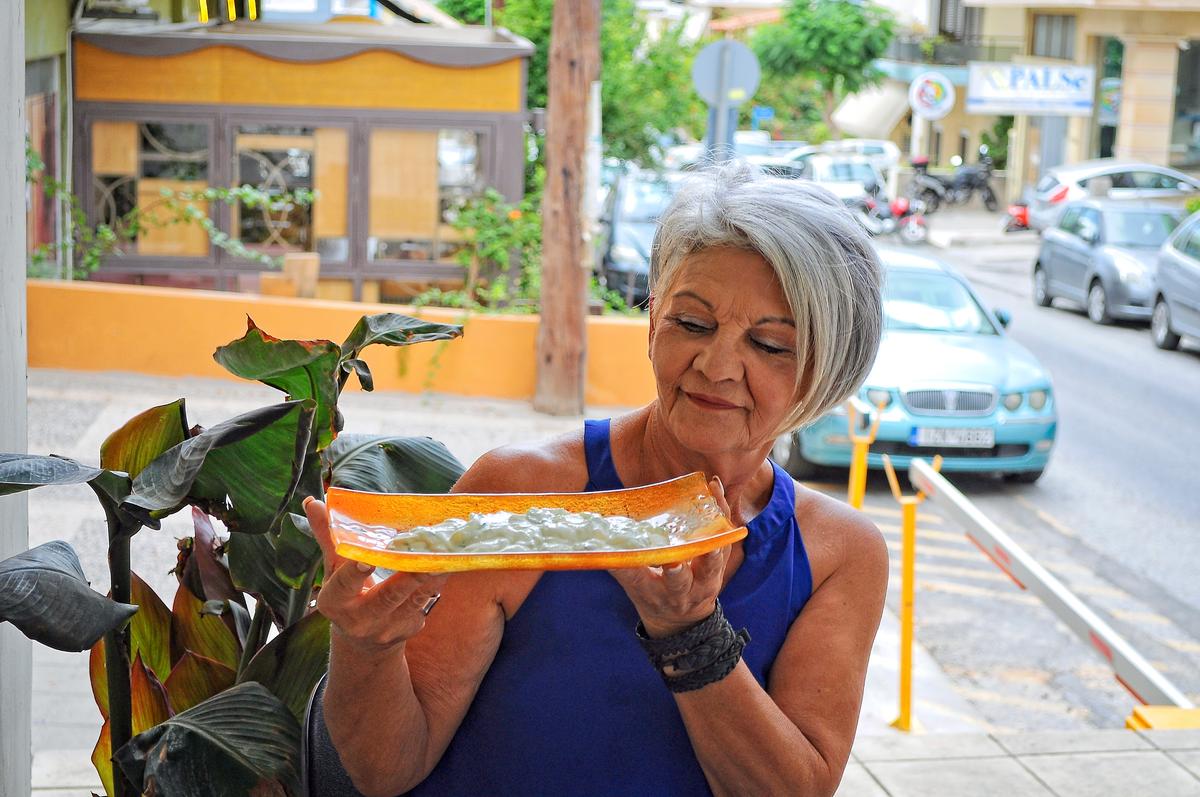
Fava is ancient, Anna tells me, and although I have nothing to support her claim, I believe it. It somehow makes sense. I imagine, like her, Minoan kings feasting on the earthy spread at every banquet, reaping its many health benefits.
While Greeks usually prefer cooking fava during the 40 days of Lent before Easter, when they don’t consume meat, it’s not uncommon to find it at their table in the summer, either. It’s a cold dish that keeps well in the fridge—a time saver that allows the yia-yias to focus on other, more complex, slow-cooking culinary creations.
The steps are straightforward—boil yellow split peas with water and aromatics, then puree them until smooth and velvety—but Anna hates it when I botch the recipe and it turns out too watery (and then I repurpose my fava “soup” into a creamy sauce for pasta). “What did you do?” she asks. “Don’t you know the rule? Two and a half measures of water for one measure of peas,” she'll remind me, like an echo. I know the rules; I am just unruly sometimes. Word to the wise: Respect the recipe.
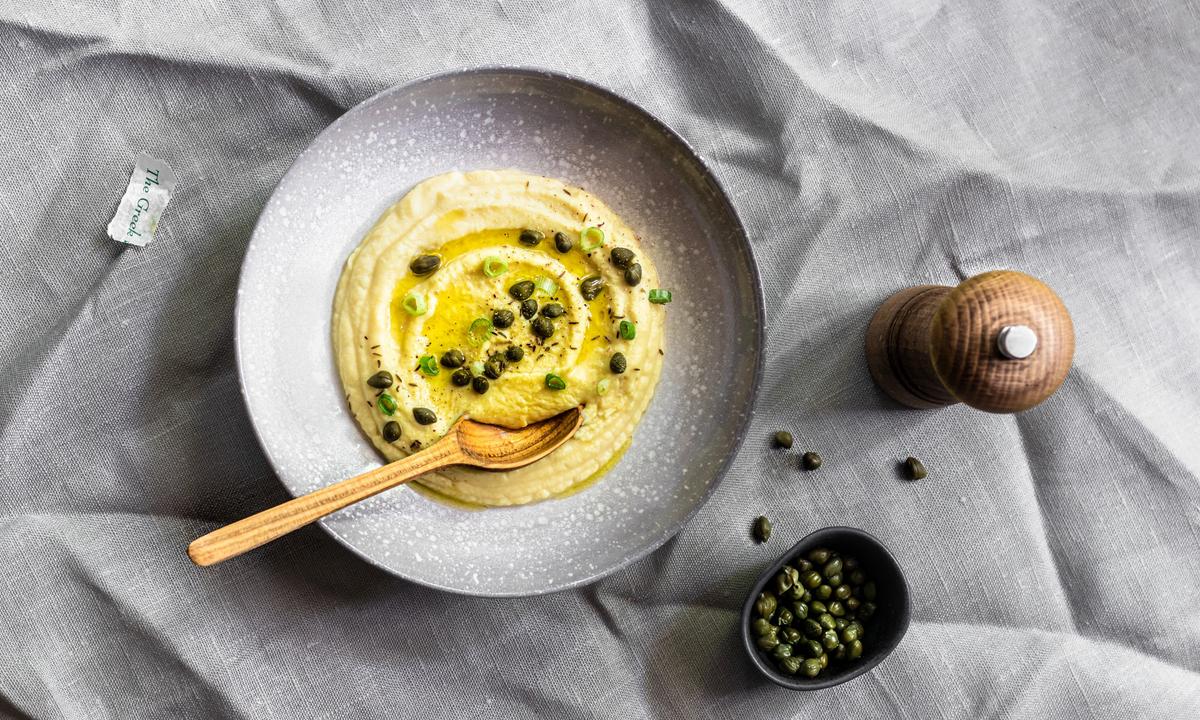
While tzatziki and fava are simple to prepare, dolmades are more time-consuming but highly rewarding little morsels. Set a platter in the middle of the table, and every diner will fight to get one.
For the filling, “spice your rice with Cretan herbs,” Anna tells me. “There’s no way you can go wrong and mess up the dish if you use loads of rosemary, oregano, and thyme.”
The herbs intensify the flavor of the grape leaf encasing the rice. Dip a dolma in tzatziki or yogurt, and you’ll get a symphony of flavors and texture in one perfect bite.
If you, like me, want to experience authentic Greek fare at home, try making your own meze spread with Anna’s tried-and-true recipes.





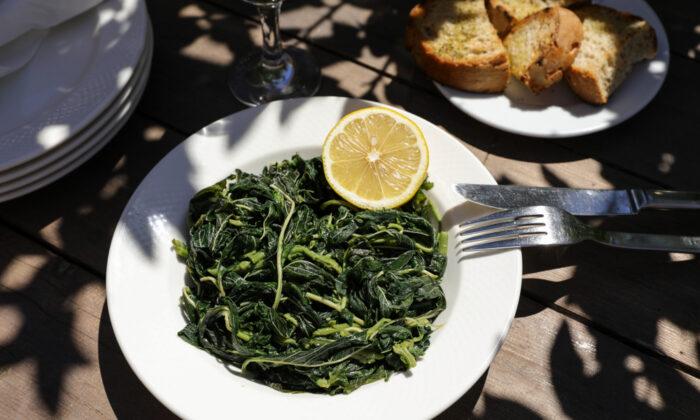
Friends Read Free